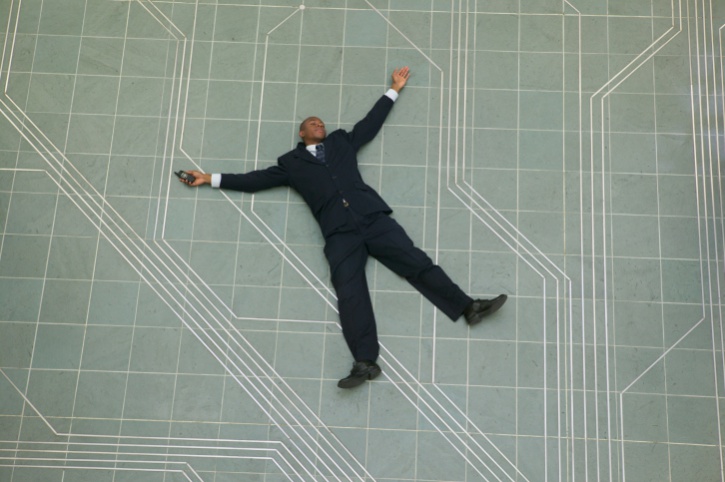
4, 7Īssessment of the symptoms and setting may yield clues as to the possible cause of the syncope. 7 In addition, after recovery, patients with neurocardiogenic syncope may complain of a “washed out” and tired feeling. 2Īlthough presentation of neurocardiogenic syncope is similar to that of other types of syncope, loss of consciousness in patients with neurocardiogenic syncope may be preceded by prodromata such as nausea, diaphoresis, lightheadedness, blurred vision, headaches, palpitations, paraesthesia, and pallor, 3, 7, 10, 11 which usually occur in the upright position (with downward displacement of 300-800 ml of blood 3) and resolve almost immediately when the patient assumes the supine position. 8, 9 The mechanism is poorly understood but involves reflex mediated changes in heart rate or vascular tone, caused by activation of cardiac C fibres. Neurocardiogenic syncope is caused by an abnormal or exaggerated autonomic response to various stimuli, of which the most common are standing and emotion. The mainstay of management is education of the patient to avoid situations that predispose to syncope, with anxiety management, coping skills, and reassurance of the patient and others that this is a benign condition

Stimulation of the cardiac C fibres results in vasodilation and increased vagal tone, with consequent reduction in cardiac filling and bradycardia, with ensuing syncopeĭifferential diagnoses include carotid sinus hypersensitivity (resulting from an extreme reflex response to carotid sinus stimulation) and orthostatic hypotension (failure of the autonomic reflex response)


Neurocardiogenic syncope (also known as vasovagal syncope) is a benign condition characterised by a self limited episode of systemic hypotension Syncope, commonly described as “fainting,” is a symptom, not a disease, and can be classified according to the cause, the most common of which is neurocardiogenic syncope


 0 kommentar(er)
0 kommentar(er)
